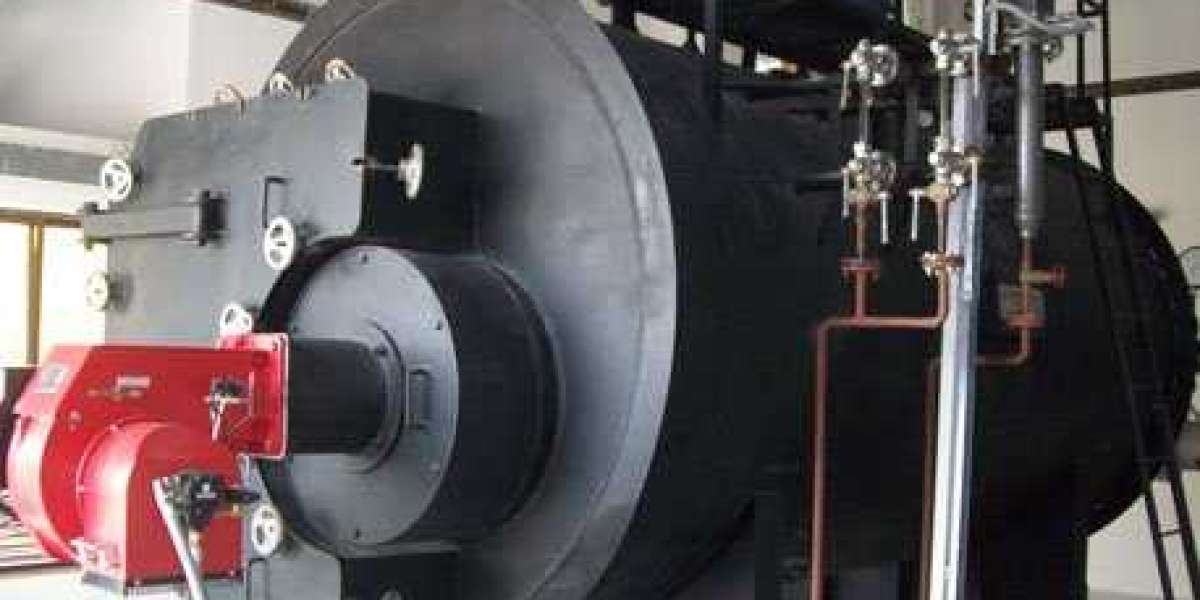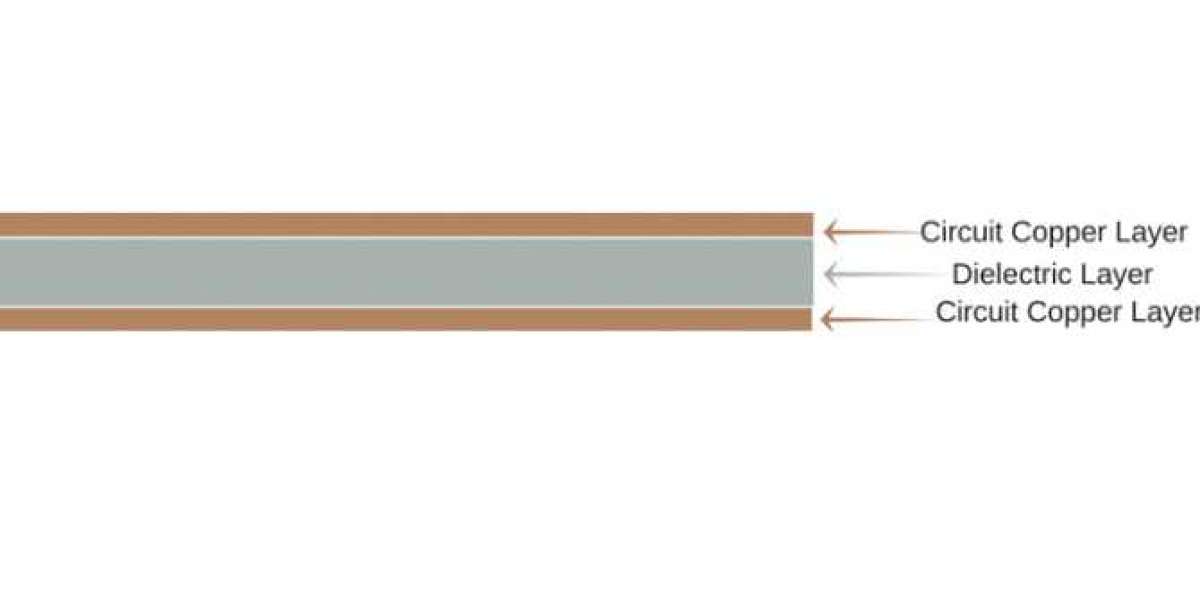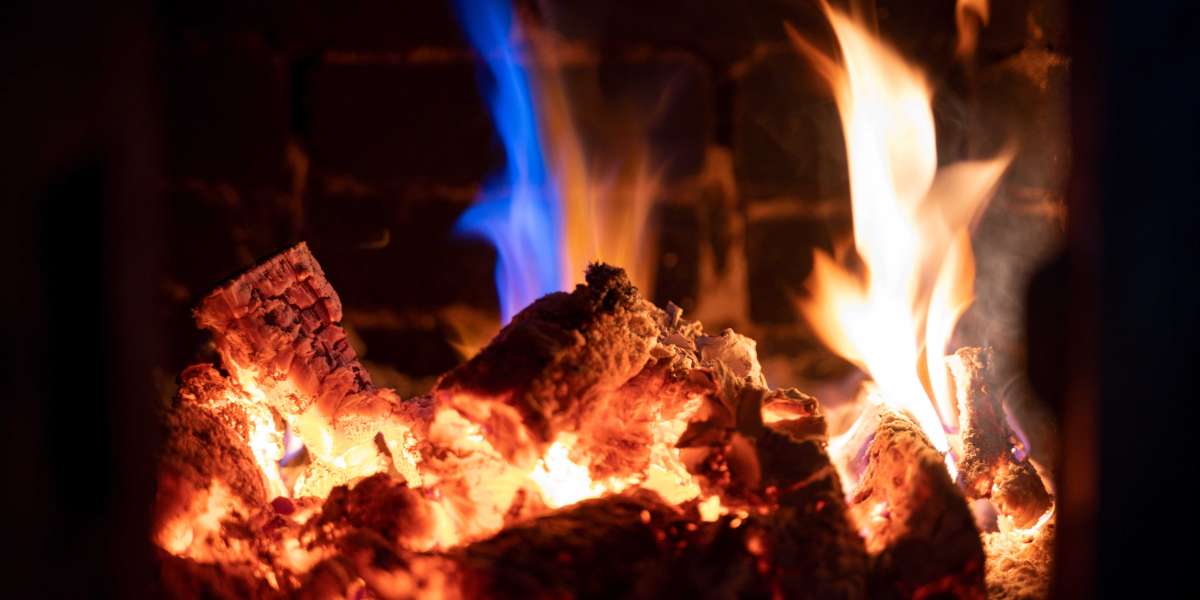Fire tube boilers are widely used in industries due to their robust design, ease of operation, and ability to handle high-pressure steam generation.
At the heart of these boilers lies the fire tube boiler coil, a critical component that plays a pivotal role in transferring heat to the water, ensuring efficient steam production.
In this article, we will explore the design and functionality of fire tube boiler coils, their significance, and how they contribute to the overall performance of a fire tube boiler system.
What is a Fire Tube Boiler?
Before diving into the details of the boiler coil, it’s essential to understand the basics of a fire tube boiler. In this type of boiler, hot gases produced from combustion pass through tubes that run through a water-filled chamber.
The heat from these gases is transferred to the water, generating steam, which is then used for various industrial processes such as heating, power generation, or chemical reactions.
Design of Fire Tube Boiler Coils
The fire tube boiler coil is a set of tubes or a coil structure through which the combustion gases travel. The coil's design depends on several factors, such as the boiler's size, fuel type, and operating pressure.
Generally, these coils are made of high-grade steel, designed to withstand the extreme temperatures and pressures within the boiler.
Key Design Features:
Material Selection: Fire tube boiler coils are typically constructed from carbon steel or stainless steel, chosen for their durability and resistance to corrosion and high temperatures. This ensures a long lifespan for the boiler and helps maintain operational efficiency.
Coil Configuration: The arrangement of the coils inside the boiler chamber is crucial for maximizing heat transfer. Coils may be arranged in parallel or in multiple passes, where the hot gases pass through the tubes several times before being expelled, enhancing the overall heat transfer process.
Tube Thickness and Diameter: The thickness and diameter of the coils are designed based on the boiler's operational requirements. Thicker walls may be required for high-pressure applications, while larger diameters allow for more gas flow, improving heat exchange.
Finning and Surface Area: Some coils are equipped with fins or extended surfaces to increase the surface area available for heat transfer. This increases the efficiency of the boiler as more heat is absorbed by the water in a shorter amount of time.
Functionality of Fire Tube Boiler Coils
The primary function of fire tube boiler coils is to facilitate heat transfer from the combustion gases to the water in the surrounding chamber.
This process is key to generating the steam required for various industrial operations. The functionality of the coils can be broken down into several stages:
Combustion Gas Passage: When fuel is burned in the combustion chamber, it produces hot gases that flow through the fire tubes or coils. The design of the coils ensures that these gases flow in a controlled manner, maximizing the time they spend in contact with the tube surfaces, enhancing heat transfer.
Heat Absorption: As the hot gases travel through the fire tubes, the heat is absorbed by the walls of the tubes. Due to the high thermal conductivity of the coil material, the heat is transferred from the hot gases to the water surrounding the tubes. This process is known as convection heat transfer.
Steam Generation: As the water absorbs heat, its temperature increases until it reaches the boiling point, at which point it turns into steam. The design of the fire tube boiler ensures that this process happens efficiently, with the coils playing a central role in heating the water evenly and rapidly.
Exhaust: Once the heat from the combustion gases has been transferred to the water, the cooler gases are expelled through the exhaust system. In many cases, the design of the fire tube boiler includes multiple passes for the gases, allowing them to flow through different sets of coils before they are vented. This increases the boiler’s thermal efficiency by utilizing more of the heat energy from the combustion process.
Importance of Fire Tube Boiler Coils in Efficiency
The efficiency of a fire tube boiler depends heavily on the design and functionality of the boiler coils. Well-designed coils maximize the heat transfer from the hot gases to the water, minimizing heat loss and ensuring that the boiler operates at peak efficiency.
Heat Transfer Efficiency: By optimizing the surface area, coil configuration, and material properties, fire tube boiler coils ensure that as much heat as possible is transferred to the water. This reduces fuel consumption and operating costs, making the boiler more economical.
Pressure and Temperature Control: The design of the coils helps in managing the pressure and temperature within the boiler. By controlling the rate of heat transfer, the coils ensure that steam is generated at a steady rate, providing consistent output for industrial applications.
Durability: Fire tube boiler coils are designed to withstand the harsh conditions inside the boiler, including high temperatures and corrosive environments. This ensures that the boiler can operate reliably for extended periods, reducing downtime and maintenance costs.
The design and functionality of fire tube boiler coils are critical to the overall performance of fire tube boilers. These coils act as the primary heat exchanger, transferring the energy from combustion gases to water, producing steam for a wide range of industrial applications.
A well-engineered fire tube boiler coil not only enhances heat transfer efficiency but also improves the durability and reliability of the boiler, making it an essential component in any high-performance boiler system.








